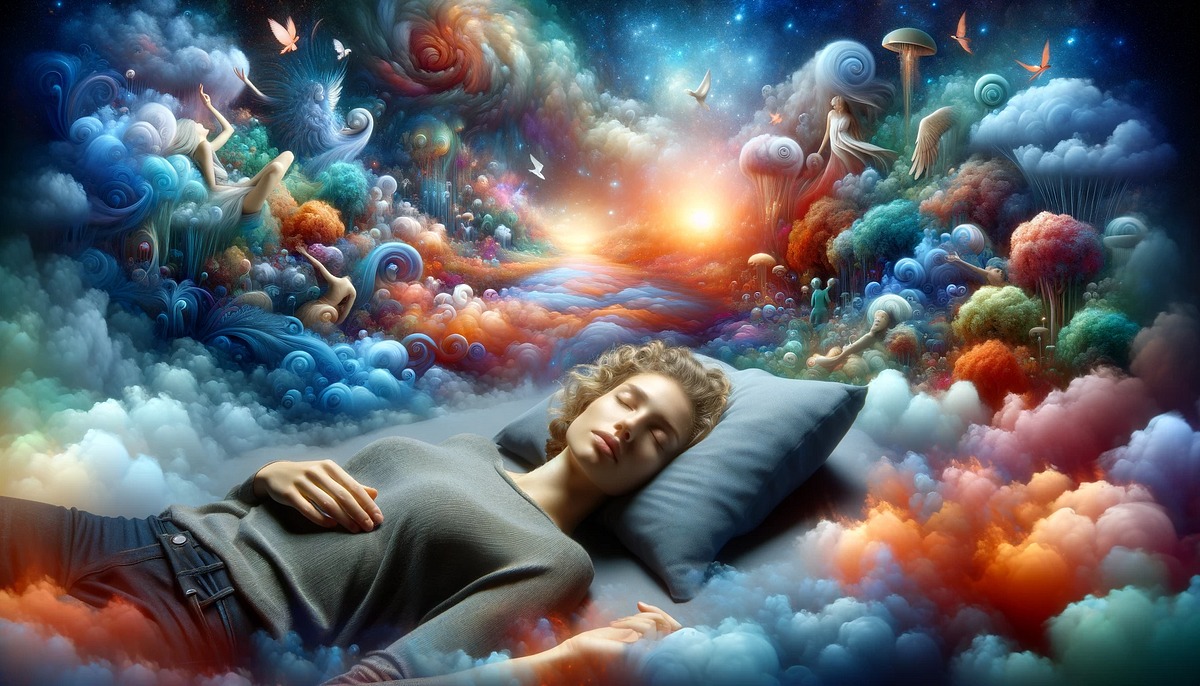Dreams intrigue both ancient Indian philosophy and modern neuroscience. Upanishads describe dreaming as a state where the mind creates realities, reflecting inner desires and consciousness shifts. Neuroscience explores brain activity during REM sleep, linking dreams to memory, emotion, and self-awareness, aligning intriguingly with spiritual insights on inner consciousness.
Dreaming has fascinated humanity for millennia, inspiring both spiritual inquiry and scientific investigation. Ancient Indian philosophy, especially in the Upanishads, and modern neuroscience offer complementary, rich perspectives on why and how we dream, revealing the mystery behind our nightly journeys.
Philosophical Roots in India:
The Upanishads view dreaming (swapna) as a distinct state of consciousness where the mind freely creates images and experiences independent of the external world. Dreams reflect inner desires, subconscious impulses, and past karmas while providing a glimpse into deeper layers of self-awareness beyond waking reality.
Four States of Consciousness:
Indian texts describe four states: waking (jagrath), dreaming (swapna), deep sleep (sushupti), and turiya—a transcendent state beyond ordinary experience. The dreaming state is not considered less real; rather, it’s a different plane of consciousness where the soul experiences a vibrant, self-created reality.
Dreaming in Neuroscience:
Modern research identifies rapid eye movement (REM) sleep as the key dreaming phase, with vivid neural activity in brain areas linked to emotion, memory, and visual processing. Scientists believe dreams help consolidate memories, process emotions, and simulate scenarios, augmenting cognitive and psychological health.
Bridging Ancient Wisdom and Modern Science:
Both frameworks converge on the idea that dreaming is meaningful, reflecting internal brain and mind processes. Where neuroscience measures brainwaves and neural networks, the philosophy explores spiritual consciousness and self-realization through dream states, offering a holistic understanding of human experience.
Dreams as Psychological and Spiritual Tools:
Beyond science, tradition treats dreams as portals to self-discovery, healing, and insight. Techniques like Yoga Nidra cultivate awareness during altered states resembling dreaming, promoting mental clarity and spiritual growth.
In essence, dreams connect the physical brain to the profound depths of consciousness, intertwining science and spirituality. Exploring both offers valuable insights into the nature of mind, reality, and our shared human journey.
Sources: Vedanet, DLSHQ, IJIP, Wikipedia, PMC, QZ.com.





